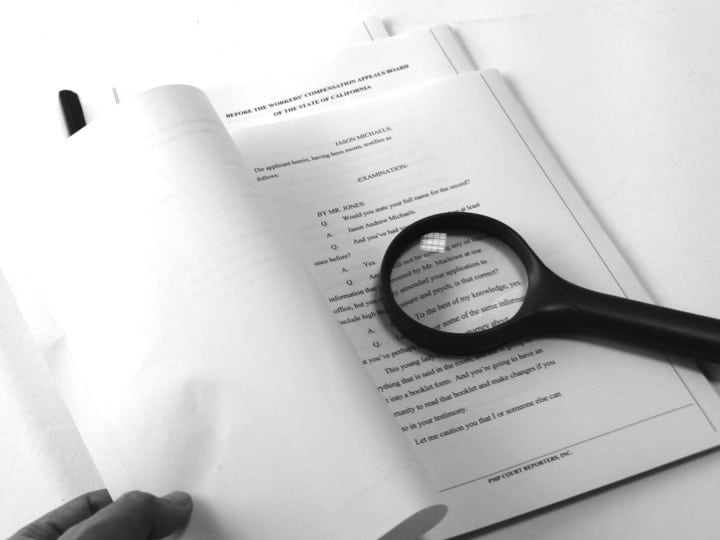The ability to effectively question and cross-examine witnesses at trial is greatly aided by a deposition summary. Litigators who want to keep their points in order throughout a proceeding must use this essential trial preparation tool.
Multiple forms of deposition summaries examples are available for your perusal. It all comes down to case specifics and your budget.
Examples of Deposition Summaries
A deposition summary is an abbreviated version of a full deposition that emphasizes the most important elements of a witness’s testimony. As a result, summaries might be presented in the following ways.
1. Page-Line
It’s common practice to use a page-line deposition summary. On the downside, additional money and time are spent when creating this abridgement. In spite of this, the additional cost may be justified since the transcript clearly presents the deposition’s information in a concise and easy way. The compiled facts are referenced by page and line. For example the number 20:10 means that an assertion is found on page 20 and line 10.
2. Topic by Topic
This type of deposition summary covers a wider scope than a page-by-page depo report. As a result, it is less precise. But it also has a lower production cost. Information about a deposition is presented not by pages and lines but by topic.
This style allows the reader to have a quick understanding of the information presented in the original deposition. Refer to this synopsis if you need to recall key points from a witness’s account.
3. A Chronological or Issue Based Summary
The purpose of a chronological deposition summary is to help a lawyer construct a time frame for their case. Therefore, this summary might be useful if you need to capsulize where a suspect or witness was when a crime took place.
You might also present the facts issue-by-issue (or incident-by-incident). This is especially helpful if you’re working on a legal case that covers employment discrimination or harassment.
Work with a Company that Regularly Produces Transcripts
People with a solid knowledge of compiling deposition summaries know how much detail they need to add to a report. They do this by focusing on a trial’s key facts.
Therefore, deposition summary services concentrate on prioritizing the details of the deposition. Well-written summaries typically convey five pages of testimony for each summary page.
Final Thoughts
Depositions may be taken in person, videotaped, or submitted in the form of written interrogatories. Therefore, the summary you use will be based on the original deposition and the nature of your case. Using this tool can mean the difference between realizing the successful outcome of a case or missing some of the key points in defending a client or arguing a case.
Author bio-
Sheila LaCivita is the owner of 4 Corners Depo. She got a paralegal degree with distinction from UCLA and has been helping lawyers with deposition summaries. She wants to share her knowledge and experience with others.






